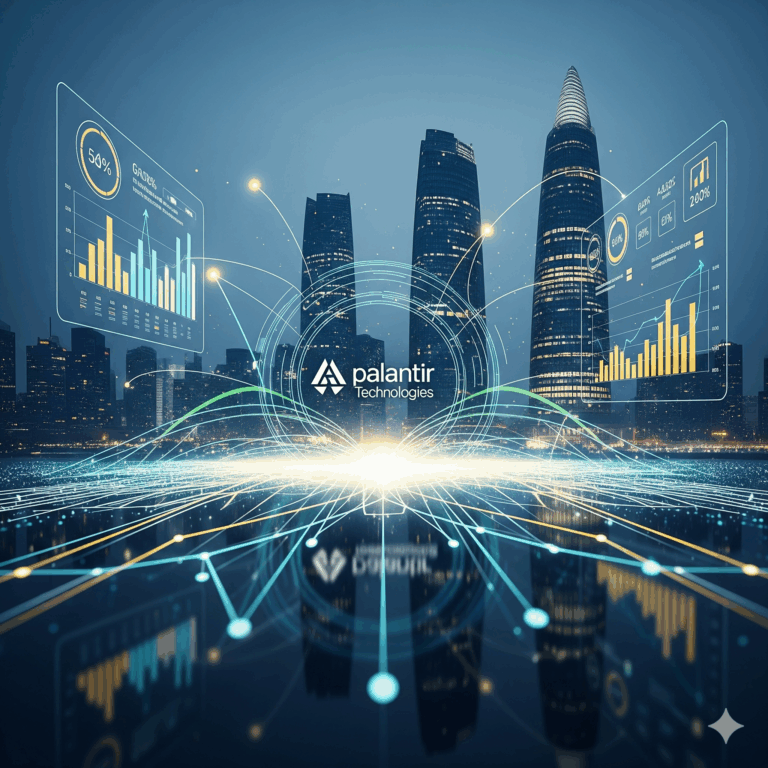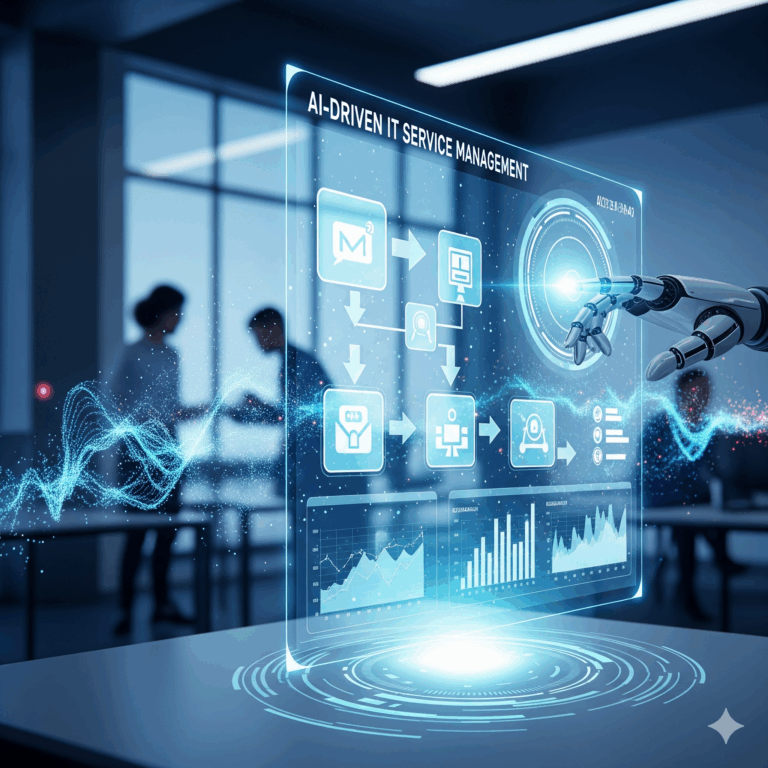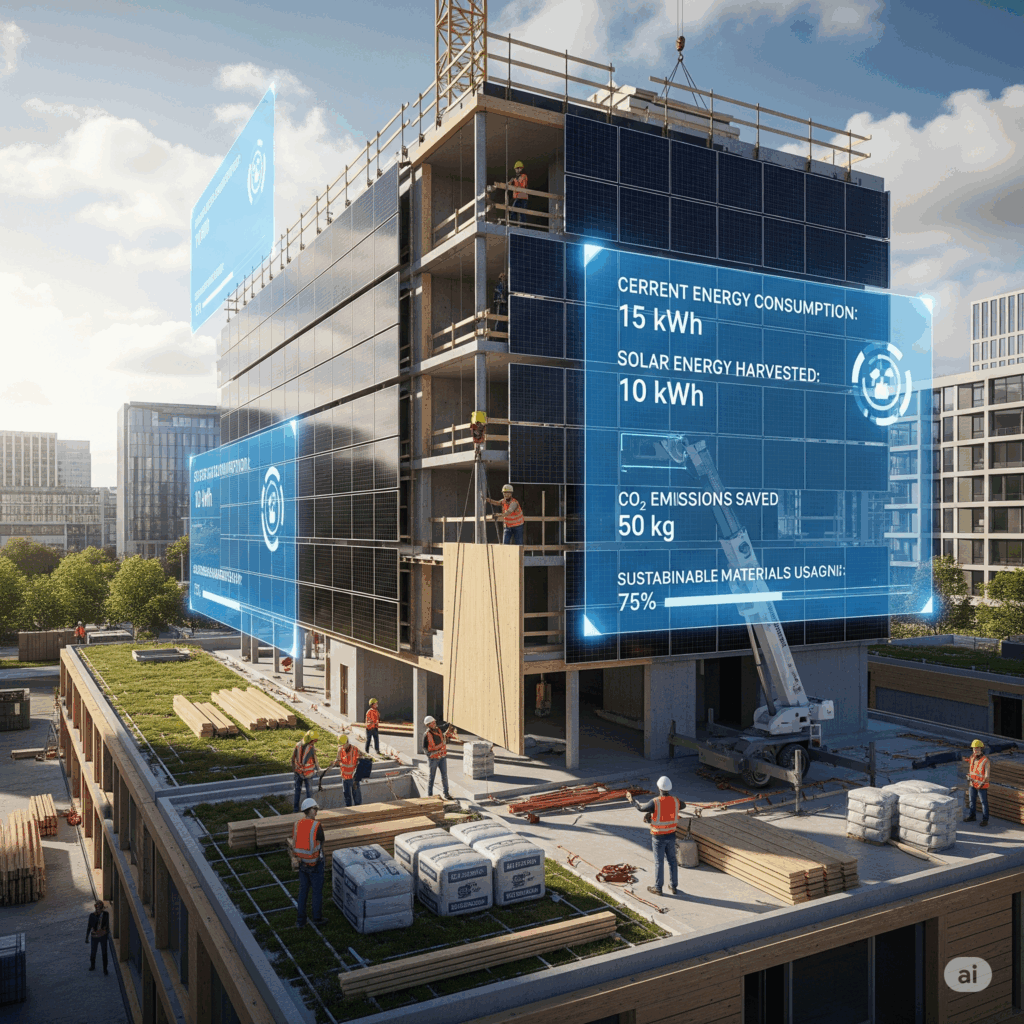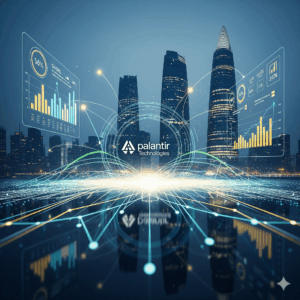
Are you looking for investment, pitch your idea with us!
The construction sector has historically been one of the largest contributors to carbon emissions, resource depletion, and waste generation. But as we enter 2025, the narrative is changing. Sustainable construction is emerging as the new standard, with builders, architects, and urban planners prioritizing eco-friendly methods that balance economic growth with environmental responsibility.
This shift is not just about compliance with government regulations—it’s a response to market demand, technological innovation, and a global commitment to combat climate change.
Why Sustainable Construction Matters in 2025
According to the World Green Building Council, buildings are responsible for nearly 40% of global energy-related carbon emissions. With growing awareness, sustainable practices are being adopted to reduce these impacts while still meeting the needs of a rapidly urbanizing world.
Governments are offering tax incentives, green building certifications, and funding for eco-conscious projects, making sustainable construction not only an ethical choice but also a financially smart one.
Key Eco-Friendly Practices Driving Change
1. Renewable and Recycled Building Materials
- Examples: Bamboo, hempcrete, recycled steel, reclaimed wood, and low-carbon cement.
- Impact: These materials lower carbon emissions during manufacturing and reduce landfill waste.
- 2025 Trend: Companies are investing in material passports—digital records that track the origin, composition, and recyclability of construction materials for reuse in future projects.
2. Net-Zero and Energy-Efficient Designs
- Features: Passive solar design, triple-glazed windows, natural ventilation, and green roofs.
- Impact: Buildings produce as much energy as they consume, drastically reducing utility costs.
- 2025 Trend: AI-driven energy optimization systems that automatically adjust lighting, HVAC, and power usage in real-time.
3. Water-Saving Technologies
- Techniques: Rainwater harvesting, greywater recycling, and low-flow plumbing fixtures.
- Impact: Reduces dependency on municipal water supplies and minimizes wastage.
- 2025 Trend: Smart IoT-enabled water meters that detect leaks instantly, preventing water loss.
4. Waste Reduction & Circular Economy
- Methods: Modular construction, prefabricated components, and 3D-printed structures.
- Impact: Cuts construction time, minimizes errors, and reduces waste generation.
- 2025 Trend: More builders are adopting design for disassembly, where every component can be reused or recycled at the building’s end-of-life.
5. Smart Building Management
- Tools: AI & IoT systems for predictive maintenance, temperature regulation, and energy savings.
- Impact: Extends building lifespan while ensuring minimal environmental footprint.
- 2025 Trend: Blockchain-based energy trading, where buildings share surplus renewable energy within local communities.
Global Leaders and Success Stories
- The Edge, Amsterdam (Netherlands) – Often called the “smartest building in the world,” it uses solar panels, rainwater harvesting, and smart energy systems to operate sustainably.
- Bahrain World Trade Center – Features wind turbines built into the structure, producing renewable energy on-site.
- India’s Infosys Pune Campus – A benchmark for sustainable corporate infrastructure with 100% renewable power and water recycling systems.
Benefits of Sustainable Construction
✅ Environmental – Reduced greenhouse gas emissions, preservation of biodiversity, and better resource management.
✅ Economic – Long-term cost savings through reduced utility bills, maintenance, and waste management.
✅ Health & Well-being – Better air quality, natural light, and thermal comfort enhance productivity and quality of life.
✅ Brand Value – Eco-conscious buildings attract investors, tenants, and customers who value sustainability.
The Future of Sustainable Construction
In the coming years, net-zero buildings, carbon-negative materials, and AI-powered construction planning will become the norm. Sustainable construction will evolve into regenerative construction, where projects actively improve the environment rather than just minimizing harm.
As cities grow smarter, builders who embrace eco-friendly practices will not only stay competitive but also play a crucial role in shaping a livable, resilient, and green future.






















